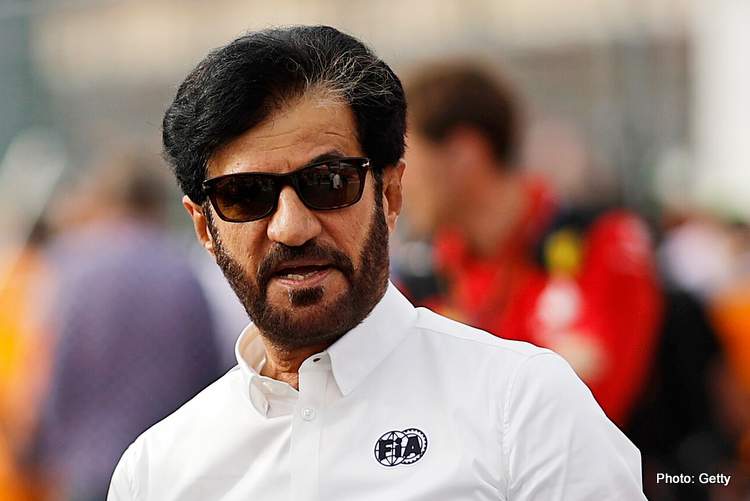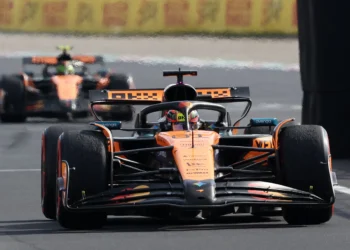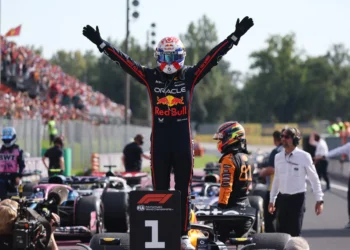In a bold move that could potentially shake up the world of Formula 1, FIA President Mohammed Ben Sulayem is pushing for a major overhaul in the regulations surrounding V8 engines, setting his sights on the ambitious goal of 2029. Is this a mere political maneuver or a genuine strategy for change?
Ben Sulayem’s recent statements have reignited the debate on the future of F1 engines, with a proposed shift back to V8 power units, ditching the current hybrid technology. This proposal comes at a time when the sport is on the brink of a new era of regulations, heavily focused on hybrid powertrains that have attracted new manufacturers like Audi and Cadillac.
Speaking at the British Grand Prix, Ben Sulayem emphasized the need for simpler, lighter, and more cost-effective engines, stating, “The current engine is so complicated and expensive.” He highlighted the financial burden of research and development, with costs soaring up to $200 million. The return to V8 engines, according to Ben Sulayem, would not only align with commercial interests but also resonate with fans, offering a nostalgic ‘vintage’ sound on the tracks.
Furthermore, the FIA chief hinted at the possibility of expanding the grid to accommodate a 12th team, following the contentious entry of Cadillac. While expressing a cautious approach towards grid expansion, Ben Sulayem stressed the importance of adding value to the Formula 1 business.
With potential changes on the horizon, the landscape of Formula 1 could witness a seismic shift in the coming years. As stakeholders navigate through these proposed transformations, the sport stands at a critical juncture, balancing tradition with innovation in a bid to captivate fans and drive growth. The road to 2029 seems paved with challenges and opportunities, as Ben Sulayem leads the charge towards a new era in Formula 1.













